Lemon Shark
Lemon sharks are a top fish predator found in the warmer parts of the Atlantic and Pacific coastal waters.
View 3 listings
3
listings
–
price starting from
1
countries
Where and When?
Distributed mostly along the shores of the Atlantic and Pacific Oceans, lemon sharks are found from New Jersey, southwards to southern Brazil on the eastern American seaboard and from southern Baja California to Ecuador on the western shore. They are a shallow-water, inshore species of tropical and sub-tropical waters. The smaller specimens frequent estuaries and lagoons, while larger specimens tend to be found in more open coastal waters or in offshore shallow waters. They tend not to be associated with complex large structures and hunt in open areas with little cover.
Lemon sharks may be caught throughout the year but, in some areas such as Florida, there are closed seasons and sometimes the fish must be released when caught. Targeting fish during the breeding season, however, can produce good catches. Most natural feeding probably takes place after dark as this shark is another nocturnal hunter and so fishing would probably be best early morning, late evening or during the night, if this is possible.
About Lemon Shark
Lemon sharks (Negaprion brevirostris) have an unmistakable “shark type” body shape and behaviour, but a good distinguishing feature is that the posterior dorsal fin is almost the same size and shape as the anterior one. They are, generally, also of yellow colour, as opposed to most other shark species that are various shades of grey. The lemon sharks have a fine set of sharp cutting teeth arranged in rows to capture their food which consists mostly of fish but with the occasional squid or other invertebrate. They have also been known to scavenge or attend other shark species’ “feeding frenzies”.
The maximum length recorded was 3.43 meters (11ft. 4in) with a mass of 183.7 kilograms (405 lbs) but specimens of 2 – 3 meters (7.5 to 10 ft.) and a mass of around 90 kilograms (200 lbs) are more common. The yellow shark reach sexual maturity at 12 to 16 years with the males usually achieving it earlier than the females. Juveniles are usually found singly in shallow waters, while adults tend to congregate in loose associations of similar sized individuals. Lemon sharks come together to reproduce each year but individual females only pup every second year with a maximum of 18 pups.
How to Catch?
As an inshore species, lemon sharks may be caught from the shore, small boats, or charter boats, depending on the area, local knowledge, and the personal preferences and purse of the angler. Shore or pier angling can work well in some areas and this is usually able to be done through the night when the fish feed most. Estuarine or lagoon angling can also produce good catches, but usually of smaller specimens. Most “serious and targeted” lemon shark fishing is carried out from charter type boats and off the Florida coast is probably the most popular fishing destination.
As lemon sharks are among the larger sharks and have a reputation for fighting strongly, heavy, well maintained tackle is required. Circle hooks work well and make it easier to release the fish. The most popular bait used is pieces, lumps or whole fish and both live and dead bait seem to work equally well. Anchoring in, or drifting over, suitable looking spots is effective, but most lemon shark enthusiasts use various forms of “chumming” to attract fish. Chum can be put out to bring the fish to a bait or it can be thrown out to bring the fish to the boat. After you’ve got the shark close to the boat, you can sometimes cast your bait almost onto an individual feeding fish. Once hooked a lemon shark usually gives an excellent and memorable fight.
Similar Species
 Blacktip Shark
19 offers
Blacktip Shark
19 offers
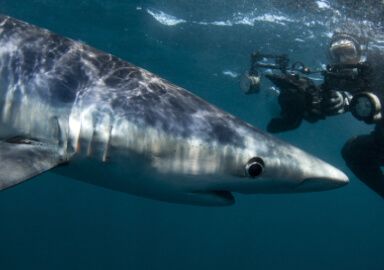 Blue Shark
8 offers
Blue Shark
8 offers
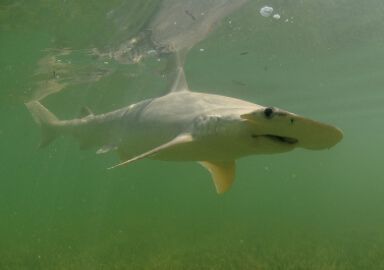 Bonnethead Shark
6 offers
Bonnethead Shark
6 offers
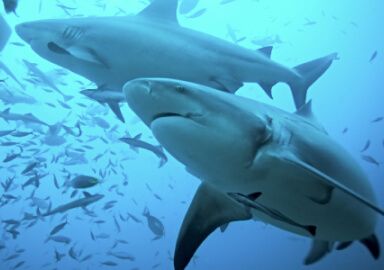 Bull Shark
12 offers
Bull Shark
12 offers
 Great White Shark
1 offer
Great White Shark
1 offer
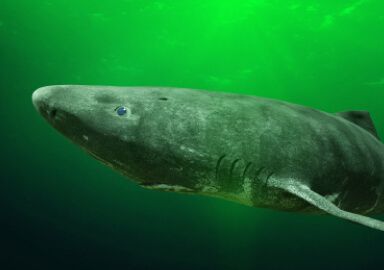 Greenland Shark
1 offer
Greenland Shark
1 offer
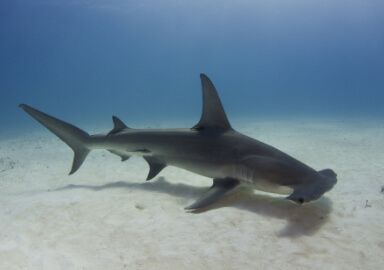 Hammerhead Shark
8 offers
Hammerhead Shark
8 offers
 Leopard Shark
1 offer
Leopard Shark
1 offer
 Mako Shark
27 offers
Mako Shark
27 offers
 Porbeagle Shark
2 offers
Porbeagle Shark
2 offers
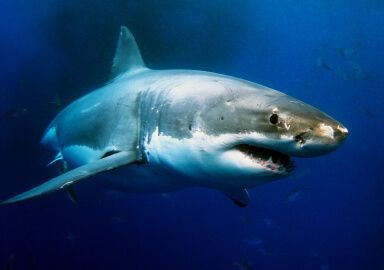 Shark
128 offers
Shark
128 offers
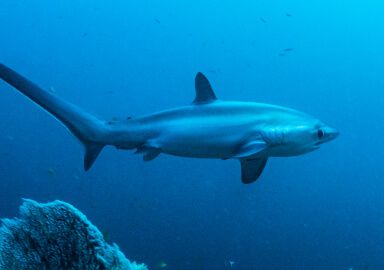 Thresher Shark
4 offers
Thresher Shark
4 offers
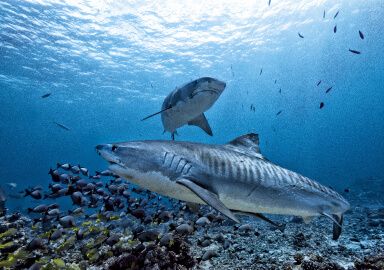 Tiger Shark
10 offers
Tiger Shark
10 offers
 Tope Shark
2 offers
Tope Shark
2 offers




